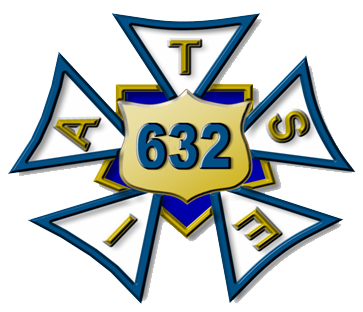GARMENT DISTRICT, MANHATTAN: Orchestras are people too! Just like the multiple bands of metalheads, siren songwriters, and jazzy jazz cats, they need a place to rehearse other than the live venue where they finally shine.
One of New York City’s most versatile and forward-thinking ensembles is the Orchestra of St. Luke’s (OSL), which makes it a point to produce free concerts in each of the five boroughs in addition to its annual Carnegie Hall series and myriad other appearances — totaling about 70 concerts a year. But with 90 or so musicians on its roster, getting together to practice means more than just calling up Smash Studios and booking The Showcase Suite for a couple of hours.
Hence the recently completed DiMenna Center for Classical Music, a $36 million complex that shares the same West 37th Street building housing the Baryshnikov Arts Center. While the facility was designed with OSL rehearsals first and foremost in mind, there’s a lot this mighty space can do, including recording, broadcast, teleconferencing, educational and streaming functions.
The glue for it all is an acoustic design developed by CT-based Akustiks, LLC, and installed by New Jersey’s Masque Sound, for Mary Flagler Cary Hall, a 50’ x 50’ rehearsal/recording studio with a 30’ high ceiling. Meanwhile, the 20′ x 30′ x 25’ Norman S. Benzaquen Hall rehearsal/recording studio has a similarly comprehensive integration scheme. Two dedicated smaller rehearsal studios, two practice studios and a central control/learning and media studio fill out the DiMenna Center.
Most of the music may be classical, but the infrastructure — created by Akustiks principal designer Anthony Nitolli and executed by Masque Sound — is pure 21st Century for maximum record and playback flexibility. The flagship room, Cary Hall, incorporates 32 dedicated microphone lines, two 16-channel stage boxes, eight tie lines, four speaker level tie lines, multiple remote control video camera connectivity with four video tie lines, CAT6 cabling for A/V networking, and a two-channel intercom system. The smaller rooms enjoy a similar setup, scaled to their size.
Since many producers and artists have specific desk and speaker preferences, different combinations are available on a rental basis, while the Central Control Room’s universal wiring program makes it capable of accommodating virtually any technology package. Remote control cameras enable producers and engineers to keep visual contact with the artists, with CAT6 networking connectivity permitting secure data transmission from room to room.
The seeds for the plugged-in complex were actually sown in 2004, when there was a study produced by a group called “Exploring the Metropolis” devoted to finding space for NYC artists.
“There was a study about rehearsal space urgently needed by artists, performers, and NYC orchestras,” explains Sacha Evans, Communications Manager for OSL. “OSL started a capital campaign, and was able to purchase a building in 2008. It was partially in response to this industry-wide need, but we also never had a home. We had been rehearsing in spaces around the city, and we wanted our own space.”
Today, according to OSL, the DiMenna Center stands as NYC’s only large rehearsal space that can do recordings for full orchestra-sized ensembles. Anything from soloists to full symphony orchestras for full rehearsals and recording can be facilitated, and the space is available for outside clients, with a special rate for non-profit groups.
The DiMenna Center is a significant addition to the NYC musical landscape: The facility fills a big hole for symphony-sized ensembles that will no longer have to beg, borrow and steal practice time at stages scattered around the city.
And with the intricate A/V network pulsing through the interior, seeing the Orchestra of St. Luke’s complex open for business is especially rewarding for everyone who helped put it together. “Seeing the finished product is always extremely gratifying,” notes Matthew Peskie, Audio Specialist for Masque Sound. “Especially after you see it in all phases of construction, there are times you can’t believe what the end product is going to be.”
– David Weiss
See Original





